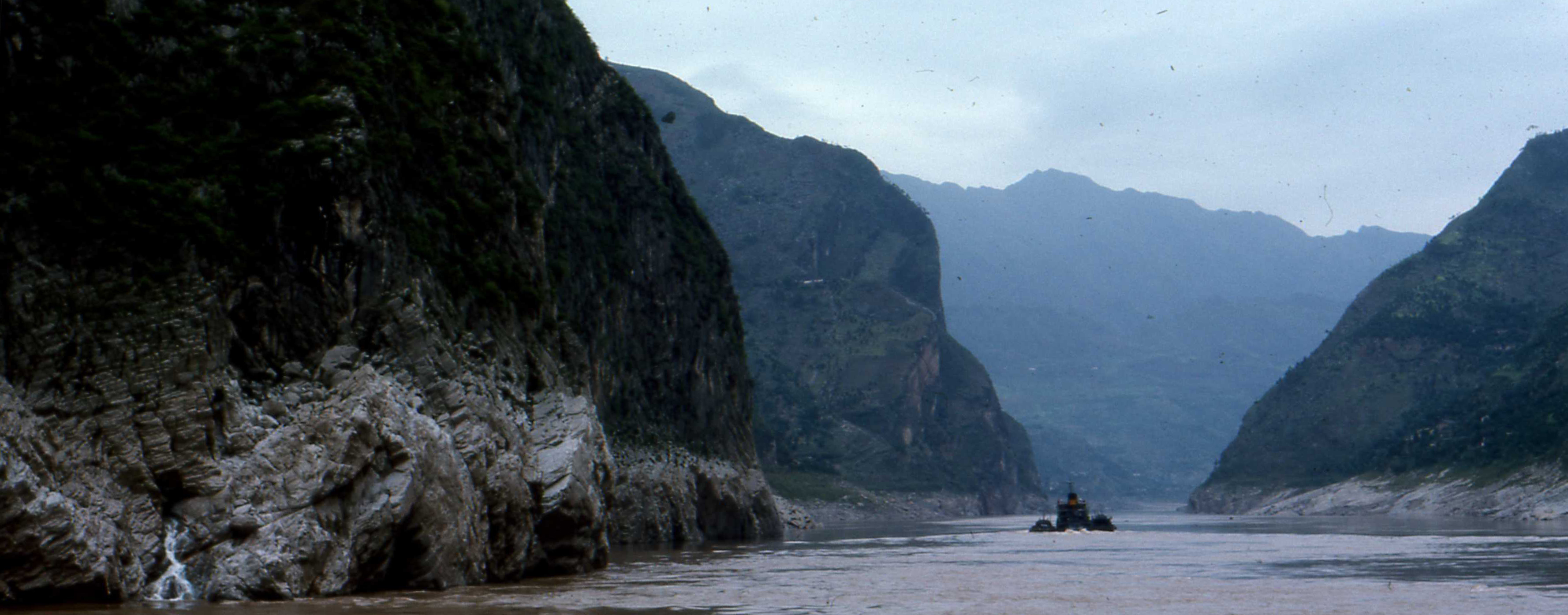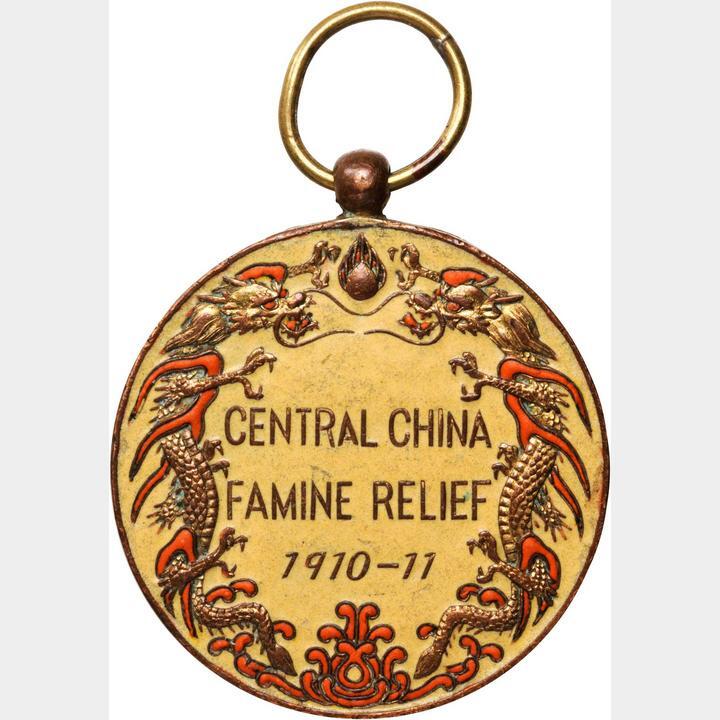-
Title
-
1912 Famine Relief
-
Description
-
In the winter and spring of 1912, while the West China missionary community was evacuated to Shanghai and beyond, missionaries of all denominations answered the call to help in famine relief work in the nearby provinces of Nganhwai [Anhui] and Kiangsu [Jiangsu]. Alfred Johns was among those who undertook the work and, fortunately, he documented it with photographs and narrative. Many missionaries survived the famine relief work and returned to their stations, but at least three missionaries died of typhus and smallpox contracted from the famine victims.
-
Commentary
-
While Sun Yat Sen’s revolutionary army fought for the rulership of the nation, upwards of four million Chinese were suffering famine across two populous provinces, Nganhwai [Anhui] and Kiangsu [Jiangsu]. These same two provinces had also been struck with famine the previous year, caused by both flooding of the Yangtze River and the raging civil war (1)(5). This sustained food crisis was causing havoc with the social fabric:
“Throughout a large portion of two populous provinces schools are closed, business is at a standstill, the weak are becoming beggars, families are being broken up by the sale of wives and daughters, often into lives of vice, and the people are lapsing into apathy and moral chaos” (1).
An international relief committee, consisting of heads of state, church and business, called for support from foreign nations in both money and personnel to aid the famine victims. Yet, they were not proposing to merely distribute free food, for, “it is not enough today to pour rice into the rat hole of famine” (3). Rather, their plan called for “a policy of conservation” in which they would give food in exchange for labor to build canals and dykes. To assist in the direction of this labor, they were to recruit “competent foreign and Chinese engineers,” to make the work of permanent value in the prevention of future floods that cause famine. The head engineer on the project was Hugo von Heidenstam, a member of the Swedish Army Corps of Engineers, and in charge of the Whangpoo Conservancy that managed the silt in the harbor around Shanghai (4).
Alfred Johns was among those evacuated missionaries who answered the call to help in famine relief work, leaving Shanghai to travel to the inflicted provinces in February of 1912. In a talk he gave to the Empire Club of Canada while on furlough in 1918, Johns recounts the story:
“Although I had been in China but one year I was asked to take charge of one of those food stations where we were able to feed about 25,000 people, and we afforded employment to upwards of 4,000 men. The money for that grain was provided by the good people of Canada and the United States and other parts of the world, and it was our duty to see that it got to the people for whom it was intended. During this famine we built a dyke two miles long, forty-five feet wide at the bottom, fifteen feet wide at the top and nine feet high, and the laborers were paid in grain. We believe we did something for the Chinese at that time” (5).
Fortunately, Alfred documented the famine work through his photographs. These images tell the story of his food station, with the line ups of starving people, as well as the extensive engineering project that was conducted mainly under Chinese direction with Chinese laborers working for grain. A most interesting series of shots shows the laborers erecting a yurt at the construction site. Images also show the excavation of cisterns to store flood waters and the dyke to hold back the flooding waters.
Alfred Johns and others, including Dr. Ashley W. Lindsay, a dental missionary, and Rev. George G. Harris, an educational missionary, lived to tell the success story that the Central China Famine Relief Committee’s appeal for support envisioned (6). However, the flooding and poverty in Anhui and Jiangsu produced perfect conditions for deadly diseases to flourish. After serving famine relief work for three months, Rev. Harris contracted typhoid fever and had to spend several months recuperating in the mountain resort of Kuling with fellow missionaries, the Fergusons (7).
Other missionary volunteers were not so fortunate to recover. Alfred’s fellow Canadian Methodist missionary, Arthur Hockins, was also among the evacuees who answered the call to help with famine relief while his wife and child stayed safely in Shanghai, and then traveled to Japan to visit a friend. Laboring alongside foreign and Chinese volunteers for several months, early in June 1912 Arthur contracted typhus fever. He returned to Shanghai where his wife, Lily Hockins, came to care for him from her vacation in Japan. Arthur was in a comma when Lily arrived and died after only one week in her care (3).
Rev. John A. Cherney of the American Baptist Mission died of smallpox, May 11, 1912, while working on the famine relief field. His home church in Cleveland, Ohio, received news of his death simultaneously with a letter from him detailing his labor with Dr. Morse supervising dyke building and food distribution on the Grand Canal. He rejoiced at having given his first sermon in the Chinese language and longed to return soon to his work in Yibin, Sichuan, following others he had heard had already started for Chongqing (2). Local missionaries who were also involved in the famine relief of 1912 similarly suffered loss through fatal illness. Dr. Edgerton H. Hart, second son of the founder of the Canadian Methodist Mission in West China, Dr. Virgil C. Hart, was a missionary to Wuhu for seventeen years before he too succumbed to typhus fever contracted from service to the famine victims (4).
The Famine Relief Committee, the Chinese engineers, and the missionaries who volunteered, all hoped and believed that “the relief of the suffering brought about by this famine may be made a movement of national scope, a great piece of Christian statesmanship which will be a landmark in the history of the relations of America with the Far East” (1). Momentous as the international collaboration was, reports of famine relief work continued for the entire length of missionary presence in West China. Taming the Yangtze River has only recently been accomplished by the Three Gorges Dam, a structure whose design may not stand indefinitely against the river’s mighty force of nature.
-
Event Date
-
1912-02 to 1912-06
-
Has Part
-
Alfred Johns traveled to conduct famine relief work while Myrtle and the kids remained in Shanghai during the Nationalist Revolution evacuation of foreigners from West China.
-
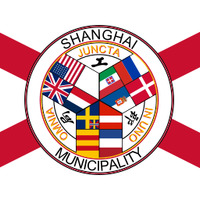 1911-1912 Nationalist Revolution Evacuation
1911-1912 Nationalist Revolution Evacuation
-
References
-
(1) Anon. 1912. The Critical Famine Situation in China. Missions 3(4): 259.
-
(2) Anon. 1912. Another Missionary Called Home. Missions 1912 3(5): 576-577.
-
(3) Donnelly, Mary Rose, and Heather Dau. 1992. Katherine Boehner Hockin: A Biography. Winfield, BC: Wood Lake Books
-
(4) Green, Cathleen, and Stanley Crawford. 2014. Wuhu Missionaries: Dr. Edgerton Haskell Hart and Caroline Maddock Hart. Phoenix, AZ: Soaring Images.
-
(5) Johns, Alfred. 1928. “China: Its People and Their Life, May 2, 1918,” In The Empire Club of Canada Addresses, pp.226-234. Toronto: Empire Club of Canada.
-
(6) Lindsay, Ashley W. 1920. “Dental Department.” In Our West China Mission. Pp.401-411. Toronto: The Missionary Society of the Methodist Church.
-
(7) Harris, Rev. George G. 1968. "My Life Story" (written for taping in June, 1968, re-written May 31, 1973) Typed by Paul Harris, Jan.1994.
-
Type
-
Event
 1911-1912 Nationalist Revolution Evacuation
1911-1912 Nationalist Revolution Evacuation
 1911-1912 Nationalist Revolution Evacuation
1911-1912 Nationalist Revolution Evacuation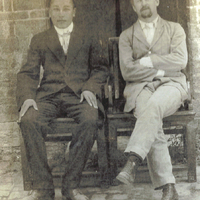 Alfred Johns and Chinese Man Sitting
Alfred Johns and Chinese Man Sitting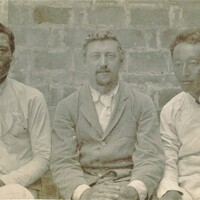 Alfred Johns with Two Chinese Colleagues
Alfred Johns with Two Chinese Colleagues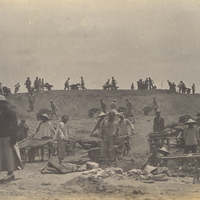 Busy Famine Relief Workers
Busy Famine Relief Workers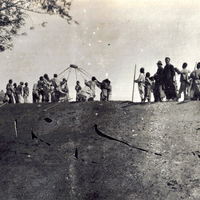 Chinese Dike Workers
Chinese Dike Workers Dike Builders at Rest
Dike Builders at Rest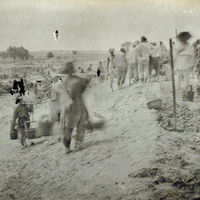 Dike Builders on the Move
Dike Builders on the Move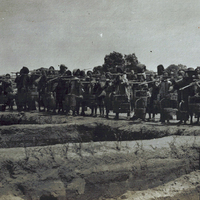 Dike Builders Transporting Dirt
Dike Builders Transporting Dirt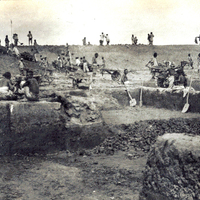 Dike Workers In the Field
Dike Workers In the Field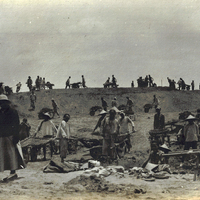 Dike Workers Wheeling Away Soil
Dike Workers Wheeling Away Soil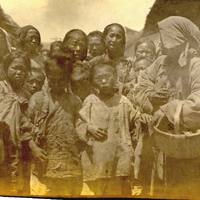 Families Who Are Victims of the Famine
Families Who Are Victims of the Famine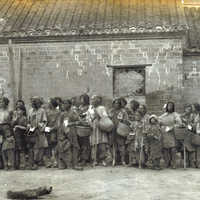 Famine Relief Line
Famine Relief Line Famine Relief Parents and Children
Famine Relief Parents and Children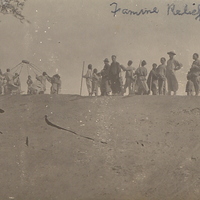 Famine Relief Workers Building Yurt
Famine Relief Workers Building Yurt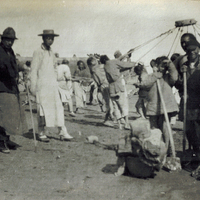 Famine Relief Workers with Shovels
Famine Relief Workers with Shovels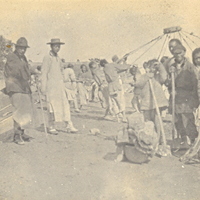 Famine Relief Worksite with Yurt in Background
Famine Relief Worksite with Yurt in Background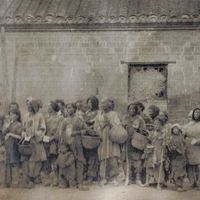 Line for Famine Relief
Line for Famine Relief Little Malnourished Child, 1912
Little Malnourished Child, 1912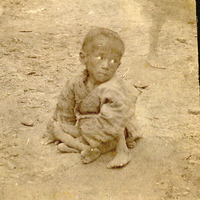 Malnourished Child
Malnourished Child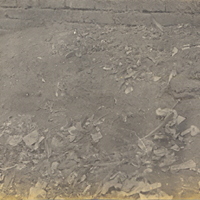 Mud and Rubble at Famine Relief Dike
Mud and Rubble at Famine Relief Dike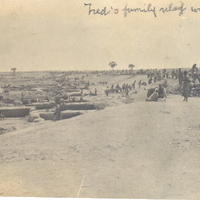 Panoramic Scene at Famine Relief Site
Panoramic Scene at Famine Relief Site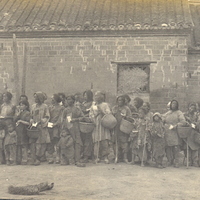 Queue for Famine Relief
Queue for Famine Relief Wide Angle Image of Dike Project
Wide Angle Image of Dike Project